In my stocking this year I got a copy of The Pocket Pema Chodron, which is approximately 3 x 4 inches in size. Published by Shambhala, it is part of their Pocket Classics series and contains “108 short selections from the best-selling books of Pema Chodron, the beloved Buddhist nun.” The compact size of the book is its distinguishing feature, and affects the book’s meaning principally by limiting its content.
As spiritual readings can tend to be quite dense, and consequently inaccessible, the layout of the book is geared towards providing quick snapshots of Pema’s teachings to facilitate consumption. In thinking about the book as an object, we can see how readers would use this differently than they might use, say, a coffee table book or a hardcover volume in a comfy reading chair. While these larger books are used in a more stationary setting and when the reader has a good chunk of time, pocket books are much more portable and can be read during the in-between moments of their day.
In Darnton’s article, he poses three questions for book historians:
- How do books come into being?
- How do they reach readers?
- What do readers make of them? (Darnton 2007, p. 495)
He also briefly touches on the history of distribution and sales (Darnton 2007, p. 499), which got me thinking about how this book came into being. While I believe that this book format has the potential to be useful to readers, I wonder to what extent it is a marketing tool for publishers to make a quick buck. Just as manufacturers change their packaging to sell more units, the new condensed format of the pocket book may be a mere gimmick to appeal to readers who are too busy to sit down and read a full format book. By simplifying content and reducing volume, how much meaning is lost? In an age where Buzzfeed and other click-bait articles which barely skim the surface are becoming more and more standard, what values are being fostered? Is it worth sacrificing depth of meaning for breadth of use? Perhaps… Perhaps not.
Bibliography
Chodron, Pema. The Pocket Pema Chodron, Edited by Eden Steinberg. Boston: Shambhala Publications, Inc., 2008.
Darnton, Robert. “”What is the History of Books?” Revisited.” Modern Intellectual History 4, no. 3 (2007): 495-508.


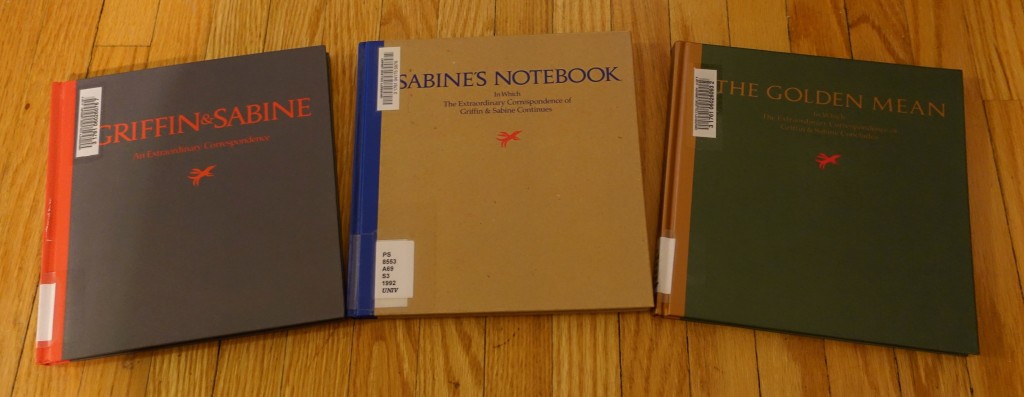 I recently came across Griffin & Sabine: An Extraordinary Correspondence by Nick Bantock. The book is the first part of an epistolary
I recently came across Griffin & Sabine: An Extraordinary Correspondence by Nick Bantock. The book is the first part of an epistolary 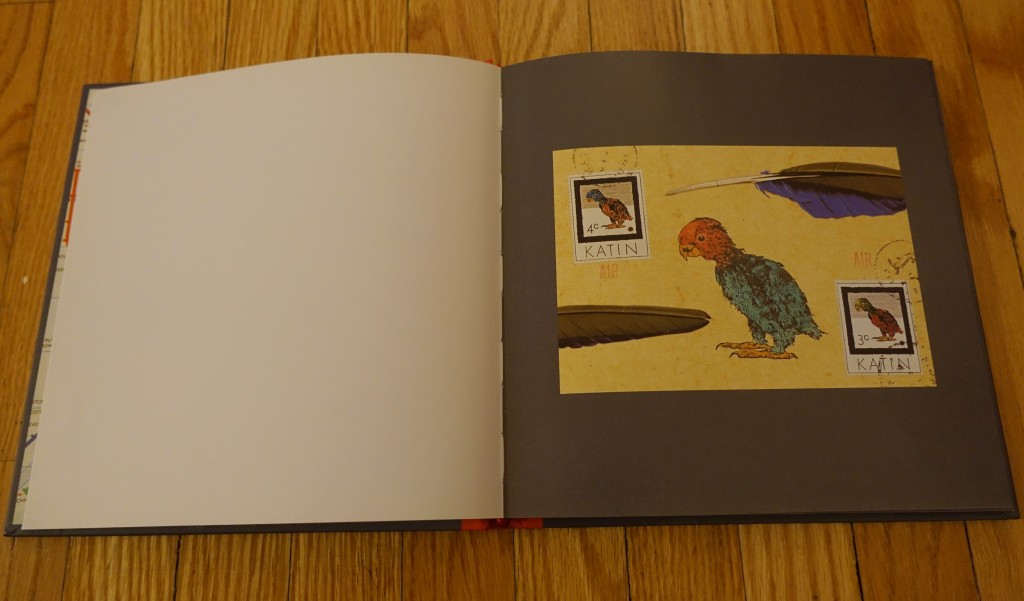
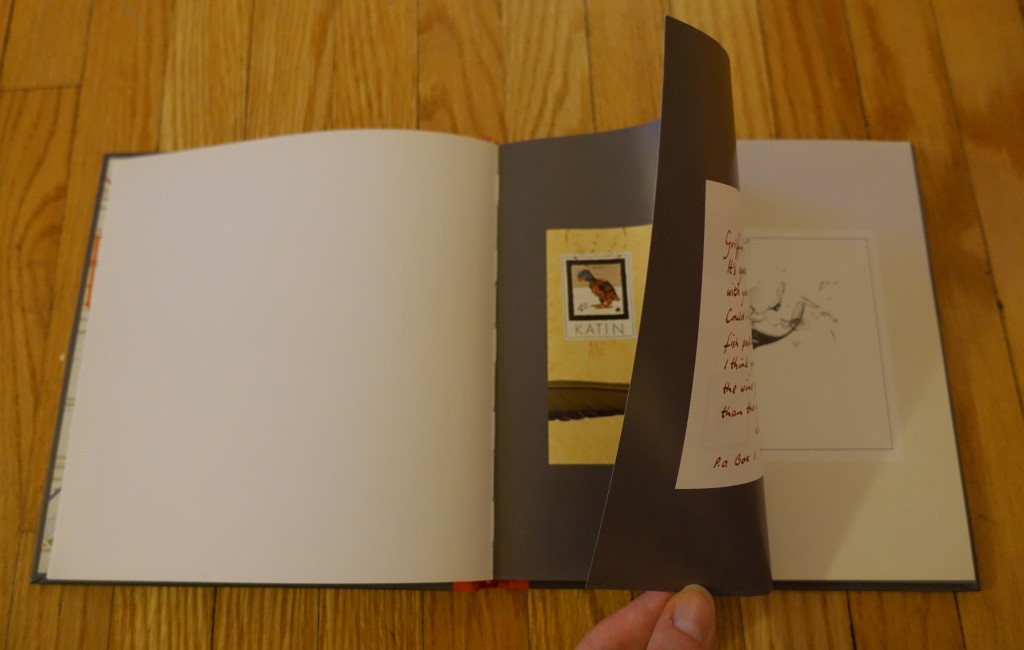
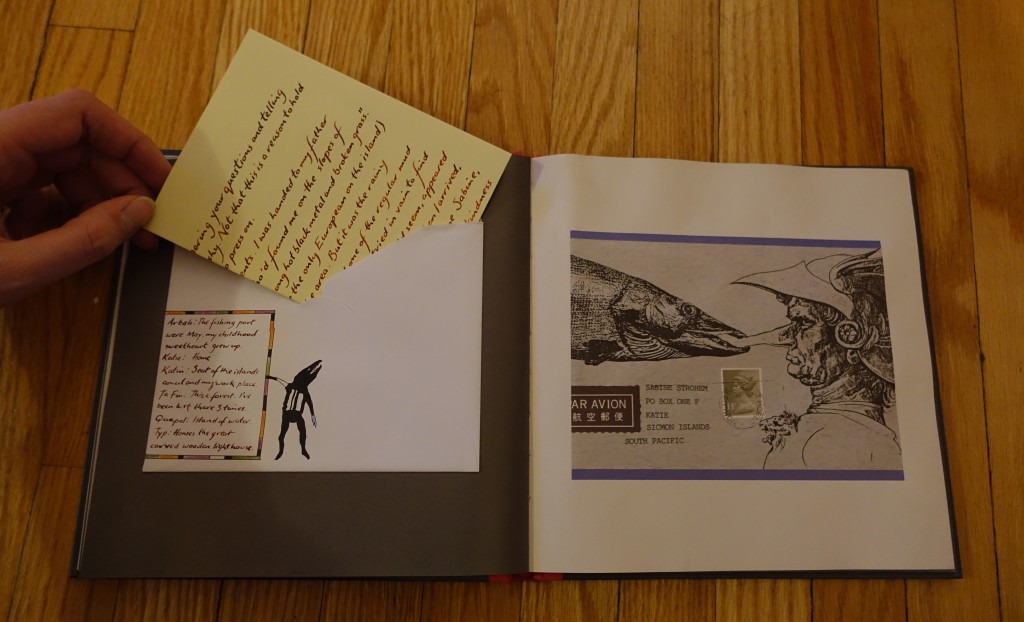
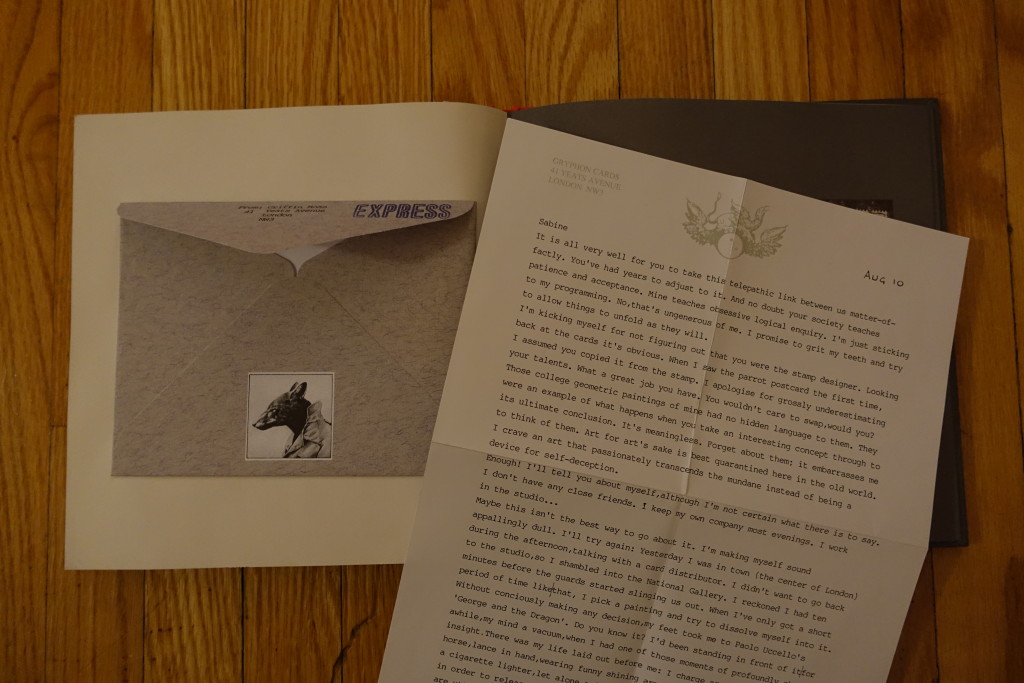 The benefit of the form is that Bantock can keep the correspondence free from obvious authorial intervention and really allow for the two characters to speak with their own voice. Unlike a typical epistolary novel, which is usually structured like a regular novel (maybe with various fonts to represent characters), this form allowed Bantock to show much of the characterization through the way the characters styled their letters.
The benefit of the form is that Bantock can keep the correspondence free from obvious authorial intervention and really allow for the two characters to speak with their own voice. Unlike a typical epistolary novel, which is usually structured like a regular novel (maybe with various fonts to represent characters), this form allowed Bantock to show much of the characterization through the way the characters styled their letters.